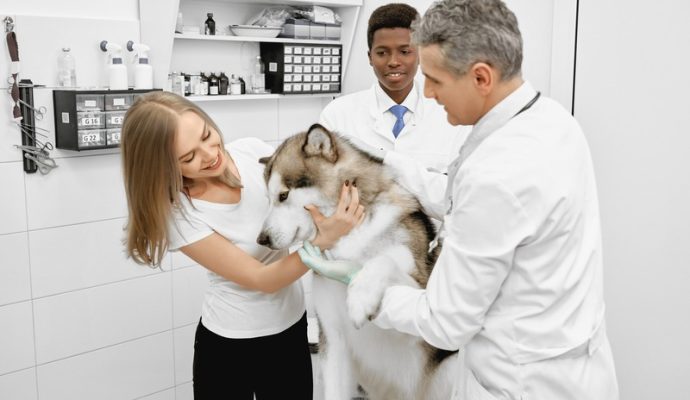Spaying and neutering are two vet treatments that are typically misinterpreted. Spaying and neutering are necessary treatments in modern veterinary practice. They are the most effective approach for regulating the overpopulation of pets without permanent homes and alleviating the discomfort of homeless pets. Spaying and neutering offer a gentle option for an issue that has the potential to become primary in the future.
Myths Surrounding Pet Spaying and Neutering
You always want what’s finest for your pet, and as a fur parent, you should make many choices to ensure your pet is healthy and happy. An animal’s age is a significant factor in spaying or neutering it. These are the top misconceptions regarding spaying and neutering pets, and the facts refute them.
Myth 1: Spaying and neutering are painful to my pet.
A vet will administer the anesthetic and perform the sterilization procedure while the animal is unconscious. By doing this, the patient will not experience any pain during the procedure. Most animals return to usual within a day or two following surgery, while some might experience pain.
To avoid continuous suffering, it’s worth the small amount of pain after spaying or neutering your pet to get them on painkillers for recuperation. Spaying or neutering is required to decrease your pet’s risk of developing cancer and other health problems. Nowadays, it’s much less complicated to spay or neuter your pet. Getting started is as easy as scheduling a consultation with a trusted veterinarian that provides dog spay & neuter services.
Myth 2: Spaying and neutering will negatively impact my pet’s behavior.
Spaying or neutering your pet will not mess up its personality or behavior. Having your pet spayed or neutered can have many positive benefits, the most apparent of which is a lowered chance of aggressiveness and roaming in search of a partner. This is because hormonal changes do not influence them. Neutering male cats minimize their desire to spray urine on unknown surfaces.
Taking good care of your pet includes prioritizing their oral health, which pet owners usually neglect. Taking your pet to a veterinarian that offers dental care is an ideal method to guarantee their teeth stay healthy and protect against dental diseases. If you are looking for a vet for your pet’s dental health, click here.
Myth 3: Spaying and neutering my pet will make them gain weight.
This is the most prevalent myth concerning this vet surgery. Spaying and neutering will not make your pet fat; it will be a lack of exercise and excessive food. Maintaining a healthy weight in your pet is possible with regular activity and a well-balanced diet.
Additionally, if your pet is older, you need not be worried. Spaying and neutering are beneficial for pets of any age, not only younger ones since cancer can influence animals of any age. If your pet is in good health otherwise, it can be spayed or neutered at any age. However, to watch their health, you should take them to a pet animal clinic specializing in geriatric care.
Bottomline
Some individuals still hold wrong ideas concerning spaying and neutering, but these mistaken beliefs can be conveniently shot down with accurate info. Spaying and neutering pets are the best means to reduce the population of domestic animals in a given location. These treatments are required for the ownership of a pet responsibly and humanely.




